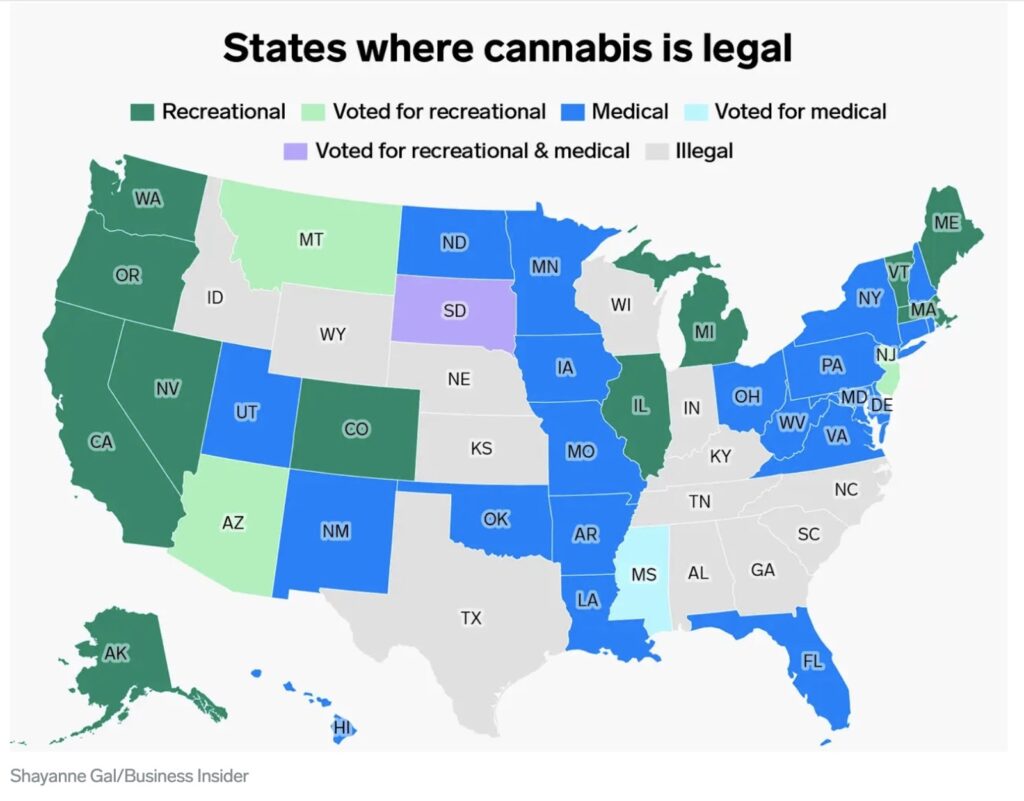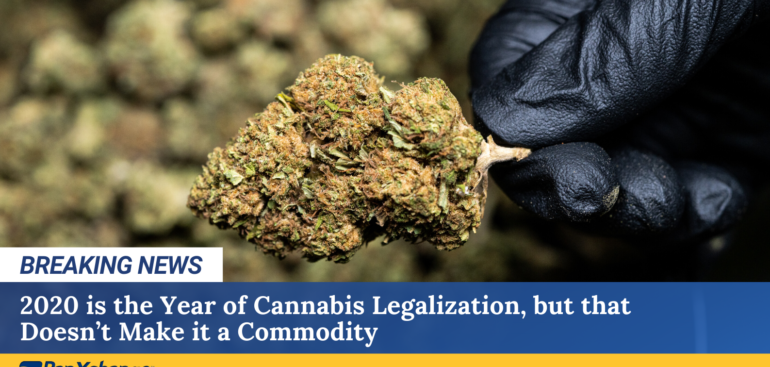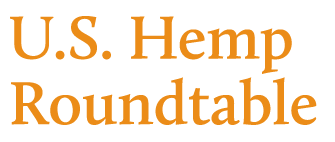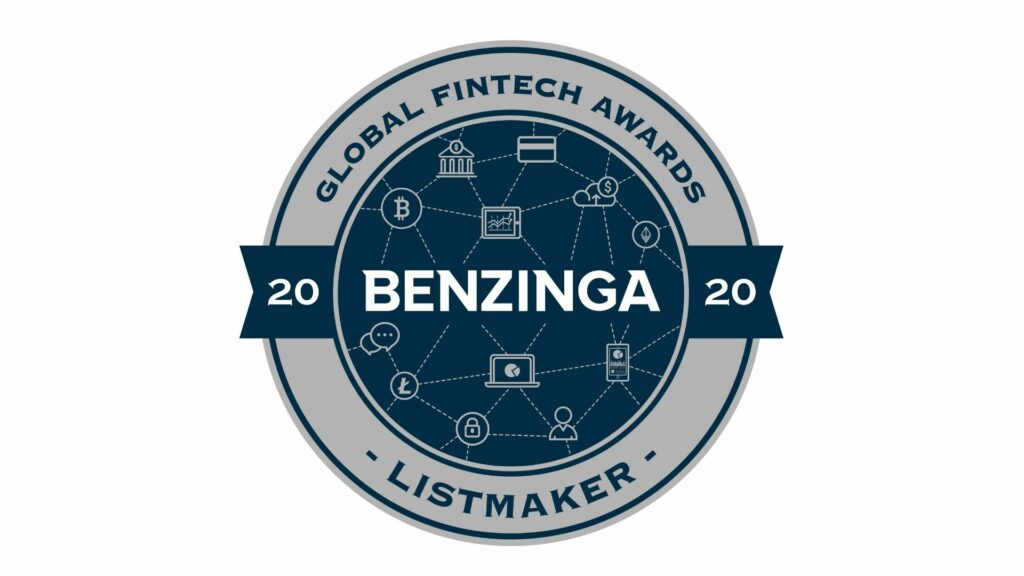Latest
2020 is the Year of Cannabis Legalization, but that Doesn’t Make it a Commodity
PanXchange Blog
November 3, 2020 was a clear win for the cannabis industry. Five states passed legislation that legalized some form of legalized marijuana. Moreover, just today, Congress took a historic move by passing a vote of 228 to 164 to legalize marijuana federally.
These developments are incredibly positive for the US cannabis business, but let’s not get ahead of ourselves by calling cannabis a commodity. “Since PanXchange entered the hemp market in January of 2019, I have been speaking publicly about the differences between hemp and cannabis and why the former is a burgeoning commodity market and the other is not. Frankly, given the reasons cited below, I cannot even see a path to properly creating benchmark prices on a regional level or even nationally based on a quality specification,” says Julie Lerner, CEO and Founder of PanXchange.

Lack of Standards
According to Medwell Health and Wellness Center, there are over 779 strains of cannabis, and the number is sure to rise. Some are already estimating that the number of strains is in the thousands. These different products are either marketed as pure strains or blended with other strains. Then there’s the issue of whether it is grown indoors, outdoors, or in a greenhouse.
In comparison, the majority of national and international commodity markets usually have less than a dozen different variations. For example, in sugar, color is an important quality, and the ICUMSA color range distinguishes the commodity’s caliber. Like In the animal feed sector, dried distiller grains are categorized and quoted by the minimum amount of protein and fat required. Products that fall outside of these norms are arguably nothing more than supply chain management wherein the buyer’s requirements are so specific that they cannot source their inputs in the open market. Supply chain management is about making sure you have enough inputs to continue production. It’s a cost center. Commodity trading, alternatively, is about sourcing material at the right time and at the right price. It’s a profit center.
Branding vs. Commoditization
The biggest reason cannabis is a specialty crop and not a commodity is how the industry trades and sells in the United States. Specifically, branding and commoditization are incongruous terms. If cannabis were a commodity, we’d be discussing its overall potency, the percentage of Sativa versus Indica, the percent seeds and trim versus flower, and a handful of other quality specifications. Instead, even on the farm and at the wholesale level, the plant is branded with enormously entertaining names like Girl Scout Cookies and Pineapple Express. Unlike commodity markets, many strains are branded with celebrity endorsements, such as Willie’s Reserves or Leafs by Snoop. Branding this way is fun stuff, unless you’re a commodity trader simply looking for bulk high potency Sativa that will hold its value and its quality specifications so that you can further process it, blend it and market it for retail, or resell it because your analysis is forecasting a shortage in the near future.
Interstate Commerce
As if the above two reasons were not enough to illustrate the difficulty of even getting to an accurate benchmark price, much less a robust commodity market, we have the issue of interstate commerce. Whenever cannabis becomes federally legal under a federally monitored program, this third issue goes away. But for now, the inability to conduct interstate transactions and legally truck a product from one state to another is another significant challenge toward the commoditization of cannabis. We can talk about the effects of state regulation and how it affects prices but simply put, for now, a surplus in California stays in California.
Lerner concluded, “To be clear, I’m bullish about the future of cannabis in the US. I really wish it would become a commodity, and there’s an outside chance that can happen, but we’re more than a decade away from that.”









